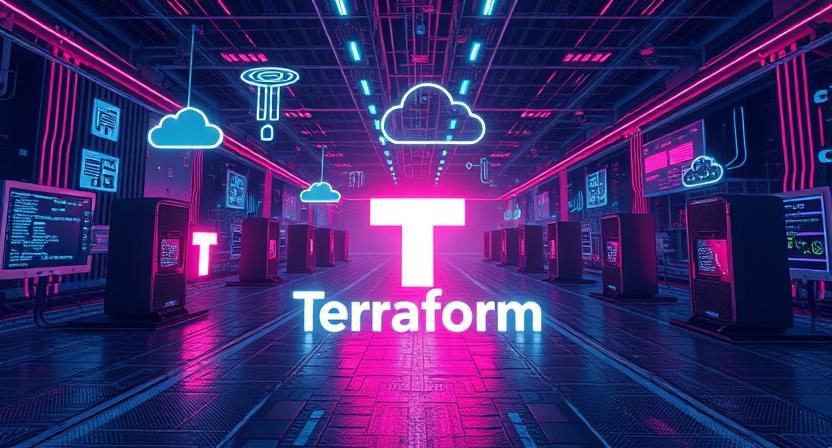Terraform Mastery
 Ayush Chaurasia
Ayush Chaurasia2 min read

1) What is Terraform and How Does It Simplify Infrastructure Management?
Terraform is a tool that lets you define your whole IT setup (servers, databases, networks, etc.) in simple code. This code tells Terraform what you want your setup to look like. Then, Terraform takes care of creating, updating, and managing all those resources for you. since everything is written in code, it's easy to share and collaborate with others. So, if you need to set up the same environment again or make changes, you just need to make some changes in the code instead of doing everything manually.
2) How Does Terraform Really Work to Manage IT Infrastructure?
Terraform is like a blueprint for your IT infrastructure. Instead of Creating VM and VPC manually on AWS and Azure & GCP , you can write code that describes what servers, networks, and databases you want to set up. This approach is called Infrastructure as Code (IaC).
The Three Main Steps of Terraform :-
Write: You create configuration files using HashiCorp Configuration Language (HCL). These files tell Terraform what resources you need—like virtual machines or databases—and where they should be created (e.g., AWS or Google Cloud).Plan: Once your configuration is ready, Terraform generates an execution plan. This plan shows exactly what changes will be made to your infrastructure based on the current state versus what you've described in your config files.Apply: After reviewing the plan and confirming everything looks good, you run terraform apply. This command executes the planned changes by creating new resources or updating existing ones according to the plan.
3) What Are Terraform Plugins and How Do They Support Different Cloud Providers?
Different cloud providers have different ways of setting up and managing resources, so each cloud needs its own plugin to ensure Terraform can work with it. For example:
AWS Plugin: This plugin allows Terraform to create AWS resources like EC2 instances, S3 buckets, and VPCs.Azure Plugin: With this, Terraform can manage resources in Microsoft Azure, like virtual machines, databases, and networking components.Google Cloud Plugin: It helps Terraform interact with Google Cloud services, like setting up Kubernetes clusters or configuring storage solutions.
Example: If you want to manage AWS resources, you would use the AWS provider.
provider "aws" {
region = "us-west-2"
}
Conclusion
Now that you understand these basic concepts, you're ready to start using Terraform to manage your cloud infrastructure!
0
Subscribe to my newsletter
Read articles from Ayush Chaurasia directly inside your inbox. Subscribe to the newsletter, and don't miss out.
Written by

Ayush Chaurasia
Ayush Chaurasia
Hey I'm Ayush. you're here to discover new insights , I'm thrilled to have you along for the journey!